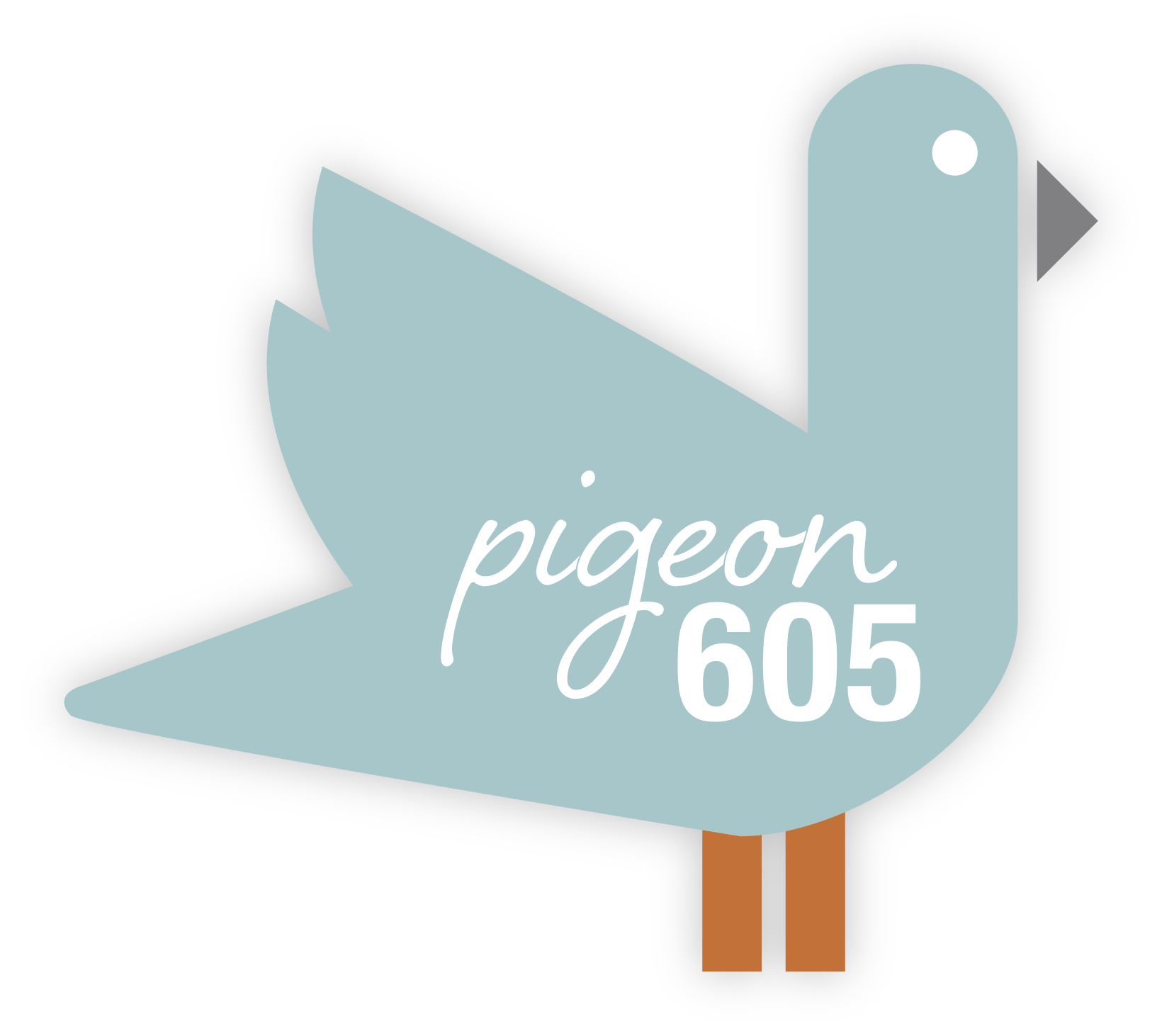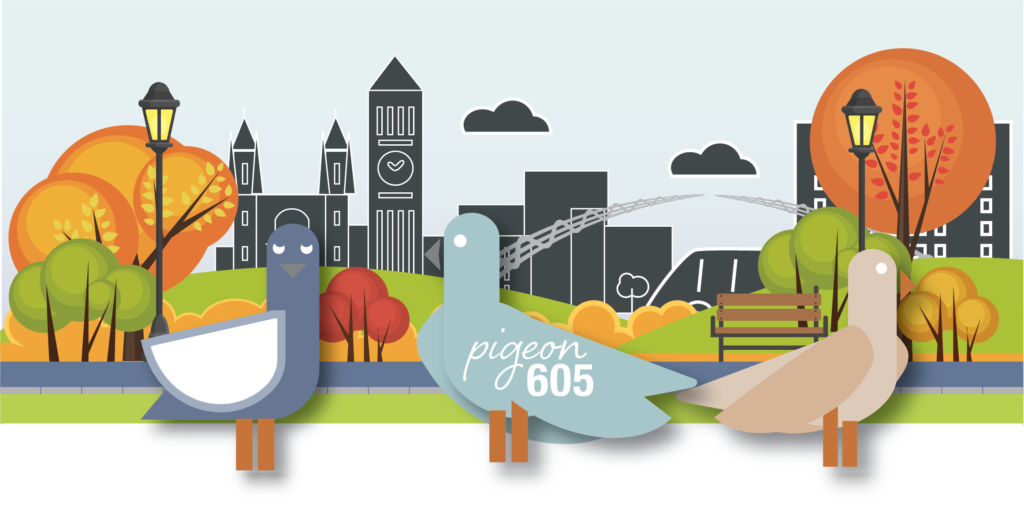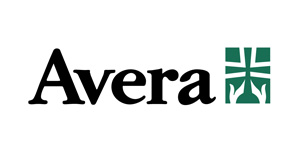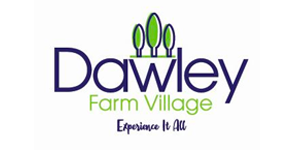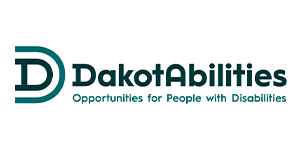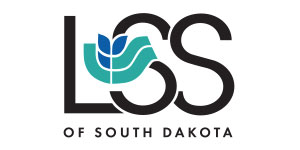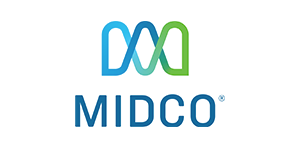In this busy, bustling neighborhood, effort begins to build community
Every Tuesday evening, Michelle Erpenbach stands by the door to the gym at Terry Redlin Elementary. She’s waiting for kids and their families to filter in, and when she sees someone, she nearly jumps up and down.
“Hey,” she says, “it’s so good to see you!”
She gets a hug or a nod in return, and quickly the kids make a beeline for the snack table. The parents look for somewhere to sit down, juggling winter coats and backpacks, before Erpenbach finds them again and asks if they’d like a name tag or any information about how to sign up for free or reduced lunch.

Some parents shake their head no, some take the paperwork, and some help herd their kids from the snacks to the crafts or the science table. It’s all pretty loose, and six or seven adults in bright green T-shirts stand at the ready to help.

This is the latest installment of Kid Link, Sioux Falls Thrive’s effort to build community one school at a time. The program began at Laura B. Anderson, right around when the pandemic hit. Thrive worked with the Sioux Falls School District and Augustana University to study Sioux Falls neighborhoods, looking for opportunities and understanding the different social and economic drivers in each area.
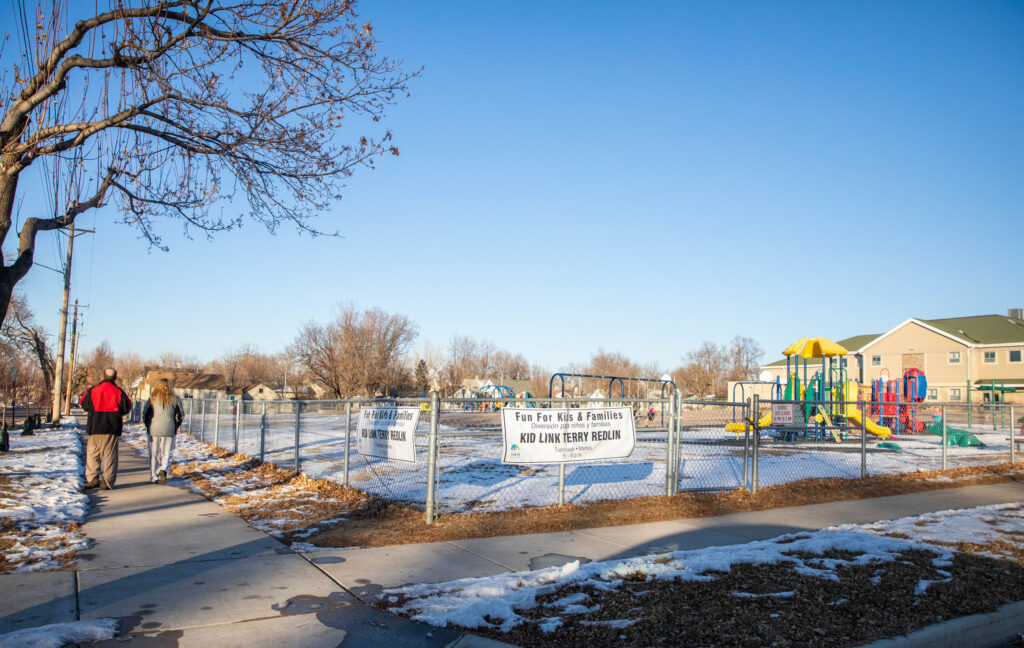
For Laura B. Anderson, it was a quiet and secluded neighborhood with few commercial opportunities and social services.
Terry Redlin was different, said Suzanne Smith, associate vice president for the Augustana Research Institute.
“It’s right near the stretch of 10th Street that is busy and bustling,” Smith said. “There are lots of stores and businesses. You could easily walk to the Empower Campus or The Banquet. There are buses that run. There are so many more resources and just access, geographically.”

But with all that access come issues too. For example, there’s a lot of foot traffic as people from outside the neighborhood come through to access those social services.
“They may be experiencing substance abuse or mental health crises, or they may be lingering there,” Smith said. That creates some safety concerns – something they didn’t hear in the Laura B. Anderson neighborhood.
The study included commentary from 32 people, and many cited gun violence, transient traffic and other issues, Smith said. Some were worried, and others chalked it up to the neighborhood and said they just learn how to live with it.
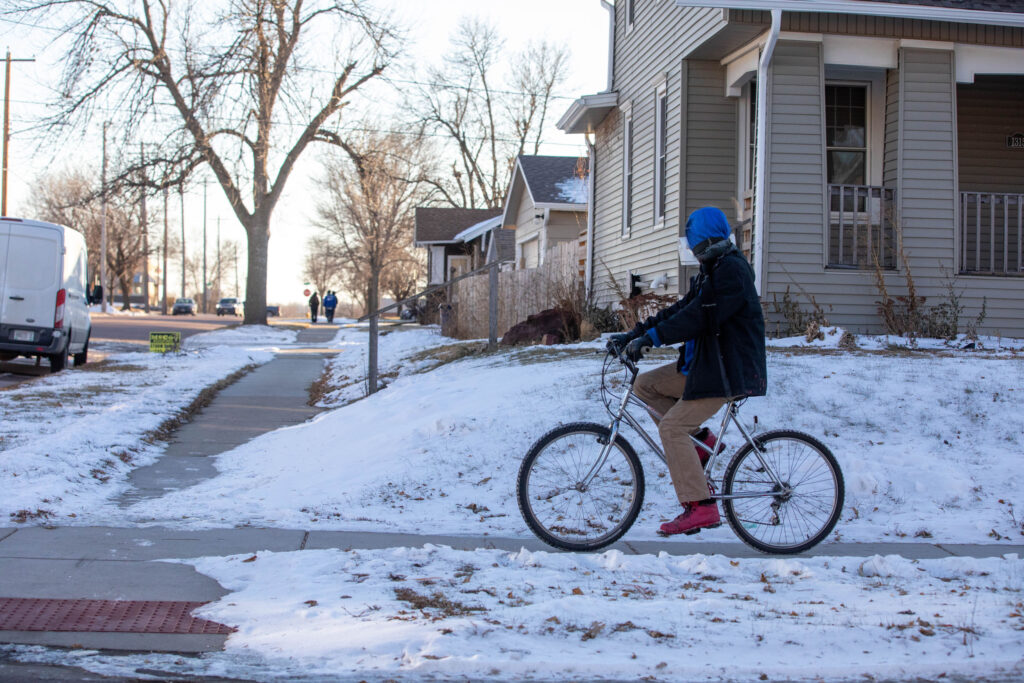
“You live here because you can afford it,” Smith said, “and you put up with things you might not put up with in other neighborhoods if you had the choice.”
But respondents also said they live here because they have a community, and that’s something Thrive will be able to tap into, Smith said. “People said that is the best part – people look out for each other.” Plus, it’s part of the larger Whittier neighborhood, which has a history of involvement and leadership, Smith said.

This program is a prototype for the school district, to build a community learning center. Erpenbach said the school is the perfect place to start. “They have a great staff, and their principal gets it,” she said. She doesn’t pretend to have all the answers – but she knows if enough people put their heads together, they can provide opportunities.
“You make the school the hub of the neighborhood,” Erpenbach said. “You can’t do that in a cookie-cutter fashion. We have to figure out how we customize this to meet the needs of specific areas. It’s fascinating.”

Consider the transportation issues and the diversity, for example.
“How do you make parents feel good about their kids going to a program when the parents aren’t home, and getting there and home safely,” Smith said. Beyond that, though, are cultural differences: Sometimes, parents want their kids home learning their first language or in online religious education courses.
“I was surprised to hear that, and then you stop and think about it, and I can understand that concern,” Smith said. “Kids are in school all day, and that school is a South Dakota, white, English-speaking institution.”
Kid Link began in October at Terry Redlin, and already there are regulars. But it will take awhile before it really catches on, Smith and Erpenbach both said.

“The first day we were here, a woman came in with a whole box of craft supplies,” Erpenbach said. She had walked four blocks with the box, said her kids once went to the school, and she thought the program might benefit from the supplies.
“She doesn’t have kids in the school anymore, but this is her neighborhood,” Erpenbach said, noting again how tightly knit the neighborhood is.
Brenda Zapata and Michael Carrillo brought their four daughters to Kid Link in October. Carrillo, holding their 2-month-old in a carrier, said his older daughters had been asking to come to the program. They did science experiments and made puppets out of paper bags.

Carrillo grew up in the neighborhood and attended Terry Redlin. They’ve since moved to a different part of town, but he chose to open-enroll the girls into the school. “I liked the experience I had when I was little,” he said. “I always felt safe.”
His daughter has the same teacher he had in kindergarten. “She remembered me,” he said with a laugh. “The staff is always ready to help the students. I always feel like they are positive, and it feels like really good people.”
Transportation puzzle
Students at the school live close enough so there aren’t school bus routes. They arrive by walking, biking or catching a ride with friends and family. But many families don’t work traditional 8-to-5 jobs, leaving gaps for school transportation. “You have to have family support to make it happen,” Smith said.
And while the city bus runs through the neighborhood, it doesn’t always go where you want it to go, Smith said.
Many families have only one car because the cost of maintaining it and paying for gas is just too high. “It’s food or gas, and as prices climb, it gets harder and harder,” Smith said, noting food costs continue to rise too.

And there’s always uncertainty.
For example, if the Siouxland Libraries Bookmobile comes through, some families hesitate to take books out because they aren’t sure how they can get back to a branch to return them or worry they won’t be there when the Bookmobile comes back.
“Reliability and consistency of things being available is so important,” Smith said. That was something they learned with the Laura B. Anderson program too.
Building trust
The plan is for this community model to be scalable but customized to each area. The school district and the Promising Futures Fund are working to get more kids into after-school care and into programs like this. Kid Link is privately funded for three neighborhoods, with the final one not yet announced.
Kid Link will help build structure, identify and address needs. But it needs community members to make it work. Task forces have been designed to address community needs such as safety and food security, Erpenbach said.
In the meantime, every week brings new ways for kids and families to connect. This past Tuesday, they practiced dances from “The Nutcracker” and decorated gingerbread houses.

“You have to build trust,” Erpenbach said. The goal is for the organization to be sustainable and help take the place of a PTA or a PTO, which many Title I schools don’t have, she said. But the goal isn’t to create another nonprofit, she stresses. “We need to figure out how to encourage and support the existing resources to do a more efficient job of it.”
She does say they are in critical need of adults who are willing to sit down and grind out the hard questions. For example, many parents won’t let their kids walk to school because of safety. So how do you teach a child to ride a bicycle safely or find a safe route to ride, she said, noting there are several community cycling advocacy groups she plans to ask for help.

And you don’t need to live in the neighborhood to help. The Thrive work transcends geography. “You have to have everyone (in the broader community) saying, ‘that matters to me’ because you have to raise up these kids to be our future citizens, our plumbers and welders and nurses,” Erpenbach said. “That’s who these kids are – they just live in less than great situations.”
But on a Tuesday night, Erpenbach and others take a break from the hard work of Thrive’s mission. Instead, they play Jenga or read books or make conversation. They stress the importance of one-on-one adult interaction with these kids, of being reliable and available.

It can be the simple things – kids loving Play-Doh because they never had it at home, said Rebecca Wimmer, community partnership and after-school coordinator with the school district.
Or the ability to have a conversation while playing a game. Sometimes, Wimmer will sit down with a coloring sheet, and before you know it, a kid comes over to sit by her and color, and then another. The parents come too. “We have very engaged families,” she said.

For the kids, too, it can be an escape. Erpenbach and Wimmer talk about how kids want to become leaders, and Kid Link is a fresh slate for them. And then that learning begins to show up in the classroom too.

“School might not be easy, with academics or behaviors,” Wimmer said. “But here, none of that matters. They just get a chance to be who they are. And to think that one Tuesday night a week can have an effect like that – that’s what we’re after.”
Erpenbach agrees.
“The whole town needs to be doing this,” she said.
The most common challenges and opportunities described by survey participants earlier this year centered around five topics:
Here’s a sampling of comments received:
Safety: “But it’s gun violence. Those types of things that you go, OK, now that really raises the stakes when you have kids that go, ‘Yeah, my apartment got shot up,’ and now they’re coming to school with all that trauma, but just all that to understand for your staff and your students.”
Out-of-school time activities: “A sad thing is you see kids all by themselves sometimes and not supervised with parents, and then I always wonder what’s happening or where they’re going or, you know, is someone gonna check on them and stuff.”
Transportation: “A lot of people who have a car but maybe it doesn’t work today and they can’t afford to get it fixed or buy tires and whatever. So a lot of times those car fixes are not within their means at the time. So then they rely on neighbors or someone else that they know, if they get there (to school). Otherwise they stay home.”
Food insecurity: “I would say it’s more healthy food choices. And then price. I mean, just because there’s a grocery store close doesn’t necessarily mean they can buy food there. Because they may not have the money. … But yeah, I think it’s more just money to pay for food, and then knowing what foods are healthy. And do you spend the $5 on a couple of apples? Or do you spend it on five bags of chips?”
Child care: “There’s a day care need for kids, for people that aren’t able to afford (it) — and I think sometimes it’s that being able to find care that fits with times that they would have their job. Not everybody has their job to 6 o’clock or whatever, so that day care situation is a need.”
In neighborhood tucked out of sight for most, links to brighter future are being formed
Share This Story
Most Recent
Videos
Want to stay connected to where you live with more stories like this?
Adopt a free virtual “pigeon” to deliver news that will matter to you.
